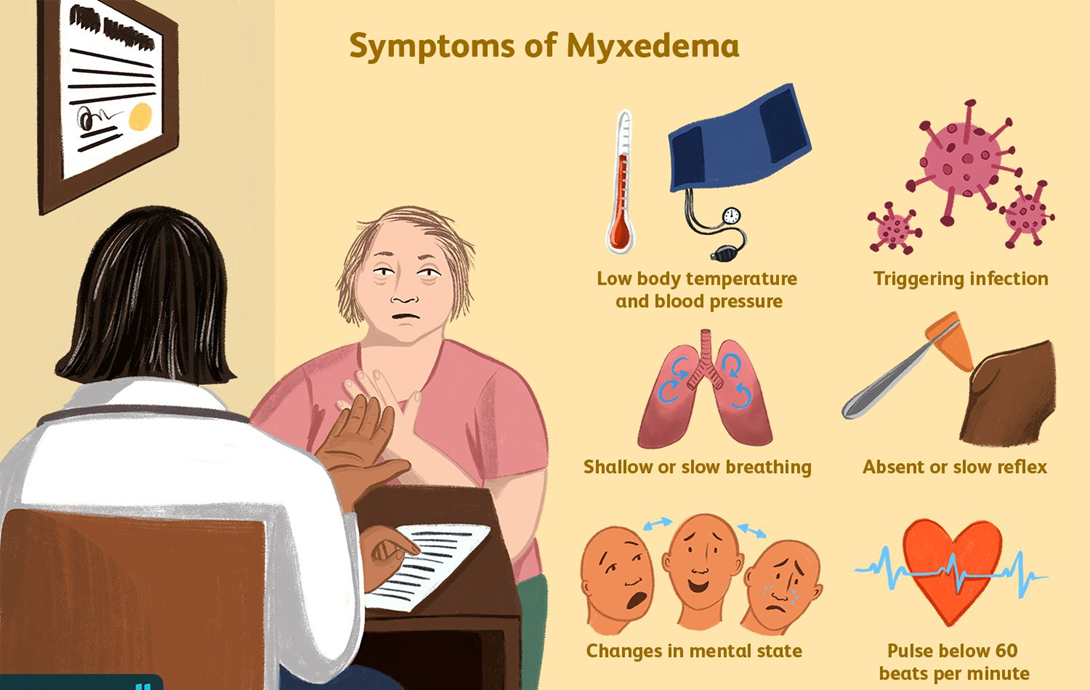A nurse assesses clients on the medical-surgical unit. Which client is at greatest risk for development of obstructive sleep apnea?
A 42-year-old man with gastroesophageal reflux disease
A 55-year-old woman who is 50 lb (23 kg) overweight
A 20-year-old woman who is 8 months pregnant
A 73-year-old man with type 2 diabetes mellitus
The Correct Answer is B
Choice A Reason:
A 42-year-old man with gastroesophageal reflux disease (GERD) is not at the highest risk for obstructive sleep apnea (OSA). While GERD can be associated with OSA, it is not a primary risk factor. The main risk factors for OSA include obesity, age, and anatomical features that can obstruct the airway. Therefore, this individual is not at the greatest risk compared to others.
Choice B Reason:
A 55-year-old woman who is 50 lb (23 kg) overweight is at significant risk for developing OSA. Obesity is one of the most critical risk factors for OSA because excess weight can lead to fat deposits around the upper airway, which can obstruct breathing during sleep. Additionally, being overweight increases the likelihood of other conditions that can exacerbate OSA, such as hypertension and metabolic syndrome.
Choice C Reason:
A 20-year-old woman who is 8 months pregnant may experience temporary sleep disturbances, including snoring and mild sleep apnea, due to hormonal changes and increased abdominal pressure. However, pregnancy-related sleep apnea is usually transient and resolves after childbirth. Therefore, while she may have an increased risk during pregnancy, it is not as significant as the risk posed by obesity.
Choice D Reason:
A 73-year-old man with type 2 diabetes mellitus has an increased risk of OSA, as diabetes is associated with obesity and metabolic syndrome, which are risk factors for OSA. However, the presence of diabetes alone does not pose as high a risk as obesity. Therefore, while this individual is at risk, it is not as high as the risk associated with being significantly overweight.
Nursing Test Bank
Naxlex Comprehensive Predictor Exams
Related Questions
Correct Answer is D
Explanation
Choice A Reason:
Metabolic alkalosis is characterized by an elevated pH (greater than 7.45) and an increased bicarbonate (HCO3) level. In this case, the pH is 7.30, indicating acidosis, and the HCO3 level is 18 mEq/L, which is below the normal range (22-26 mEq/L). Therefore, metabolic alkalosis is not the correct diagnosis.
Choice B Reason:
Respiratory alkalosis is indicated by a high pH (greater than 7.45) and a low PaCO2 (less than 35 mm Hg). Although the PaCO2 is low at 28 mm Hg, the pH is 7.30, indicating acidosis rather than alkalosis. Therefore, respiratory alkalosis is not the correct diagnosis.
Choice C Reason:
Respiratory acidosis is characterized by a low pH (less than 7.35) and an elevated PaCO2 (greater than 45 mm Hg). In this case, the pH is low, indicating acidosis, but the PaCO2 is also low at 28 mm Hg, which does not fit the criteria for respiratory acidosis. Therefore, respiratory acidosis is not the correct diagnosis.
Choice D Reason:
Metabolic acidosis is indicated by a low pH (less than 7.35) and a low bicarbonate (HCO3) level (less than 22 mEq/L). In this case, the pH is 7.30, indicating acidosis, and the HCO3 level is 18 mEq/L, which is below the normal range. The low PaCO2 of 28 mm Hg suggests a compensatory respiratory response to the metabolic acidosis. Therefore, metabolic acidosis is the correct diagnosis.

Correct Answer is A
Explanation
Choice A Reason:
Place the client on aspiration precautions: Myxedema coma is a severe form of hypothyroidism that can lead to decreased mental function and a reduced level of consciousness. These conditions increase the risk of aspiration, which can lead to pneumonia and other complications. Therefore, placing the client on aspiration precautions is crucial to prevent these risks. Aspiration precautions may include elevating the head of the bed, monitoring swallowing ability, and providing thickened liquids if necessary.

Choice B Reason:
Turn the client every 4 hours: While turning the client regularly is important to prevent pressure ulcers, it is not the primary action needed for a client in a myxedema coma. The focus should be on stabilizing the client’s condition and preventing life-threatening complications such as aspiration, respiratory failure, and cardiovascular collapse.
Choice C Reason:
Check the client’s blood pressure every 2 hours: Monitoring vital signs, including blood pressure, is essential for clients in a myxedema coma. However, it is not the most critical action compared to preventing aspiration. Blood pressure should be monitored regularly, but the frequency can be adjusted based on the client’s condition and stability.
Choice D Reason:
Initiate measures to cool the client: Clients in a myxedema coma typically present with hypothermia (low body temperature), not hyperthermia (high body temperature). Therefore, initiating measures to cool the client would be inappropriate and could worsen their condition. Instead, measures to warm the client, such as using blankets and adjusting room temperature, are more appropriate.
Whether you are a student looking to ace your exams or a practicing nurse seeking to enhance your expertise , our nursing education contents will empower you with the confidence and competence to make a difference in the lives of patients and become a respected leader in the healthcare field.
Visit Naxlex, invest in your future and unlock endless possibilities with our unparalleled nursing education contents today
Report Wrong Answer on the Current Question
Do you disagree with the answer? If yes, what is your expected answer? Explain.
Kindly be descriptive with the issue you are facing.
